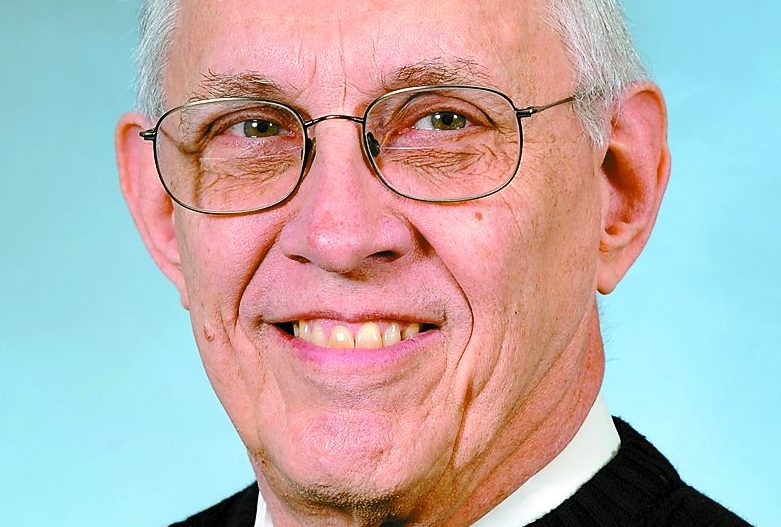WITT: America’s crazy election system
Published 7:13 pm Tuesday, April 7, 2020

- Chuck Witt is a retired architect and a lifelong resident of Winchester.
|
Getting your Trinity Audio player ready...
|
If anyone ever undertook a very careful examination of the election system in this country, they would either go terminally insane or, at the very least, just wander off scratching their heads and asking themselves how we ever arrived with the system we now have.
Kentucky’s problems may be even less understandable than the national system. More on that later.
A new book out, “Let the People Pick the President: A Case for Abolishing the Electoral College” by Jesse Wegman, provides some pretty clear and concise history of how the Electoral College came about, why it no longer serves a purpose and perhaps never did serve the purpose the framers intended.
Indeed, from the outset, the rules pertaining to elector percentages was skewed in favor of the slave-holding states, simply to keep them from removing themselves from the process for the constitutional ratification.
The three-fifths rule allowed slaves to be counted as three-fifths of a person for purposes of designating the number of representatives to which each state would be entitled.
A vast population of people in Southern states who were denied voting rights — until the ratification of the 15th Amendment in 1870 — were nevertheless counted as partial citizens, allowing those states greater representation in the lower House.
The 12th Amendment, adopted in 1804, establishing some of the groundwork for the Electoral College was partially the result of the tumultuous election of 1800, when Jefferson barely achieved the presidency, and only through action of the House of Representatives.
States have always been allowed the means to establish how the Electoral College will function for its own inhabitants.
For most of the period, all elector votes have been given to the winner within the state, a winner-takes-all scenario.
Presently, only two states apportion their electors based on district voting.
And here is where the Electoral College becomes non-operable because, on more than one occasion, the winner of the popular vote did not secure the required number of electors to be named president, most recently in 2016.
Since the Electoral College is codified within the Constitution, it has always been assumed that only a constitutional amendment could change the process.
However, it now appears that, by working with individual states to get them to adopt a different methodology, the Electoral College could remain in place with its functions altered.
A national organization, Making Every Vote Count, is promoting a system called the National Popular Vote Interstate Compact, which is designed to make the Electoral College moot. And initiatives at the state level have been, in the past, largely responsible for changes in our national constitution.
Polls consistently show that a majority of both Democratic and Republican voters are in favor of abolishing the Electoral College despite the fact that their Republican and Democrat representatives are not.
The NPVIC when, and if, successful will accomplish the same end without tinkering with the constitution.
The winner-takes-all system has failed the electorate in the past. It can do so in the future.
Kentucky should sign on to the Compact and help speed the process.
And as to Kentucky’s elections, isn’t it about time for the state to alter its own constitution, if necessary, and move our governor’s race to the same year as the presidential race, so we wouldn’t be having to go to the polls so often?
Chuck Witt is a retired architect and a lifelong resident of Winchester. He can be reached at chuck740@bellsouth.net.





